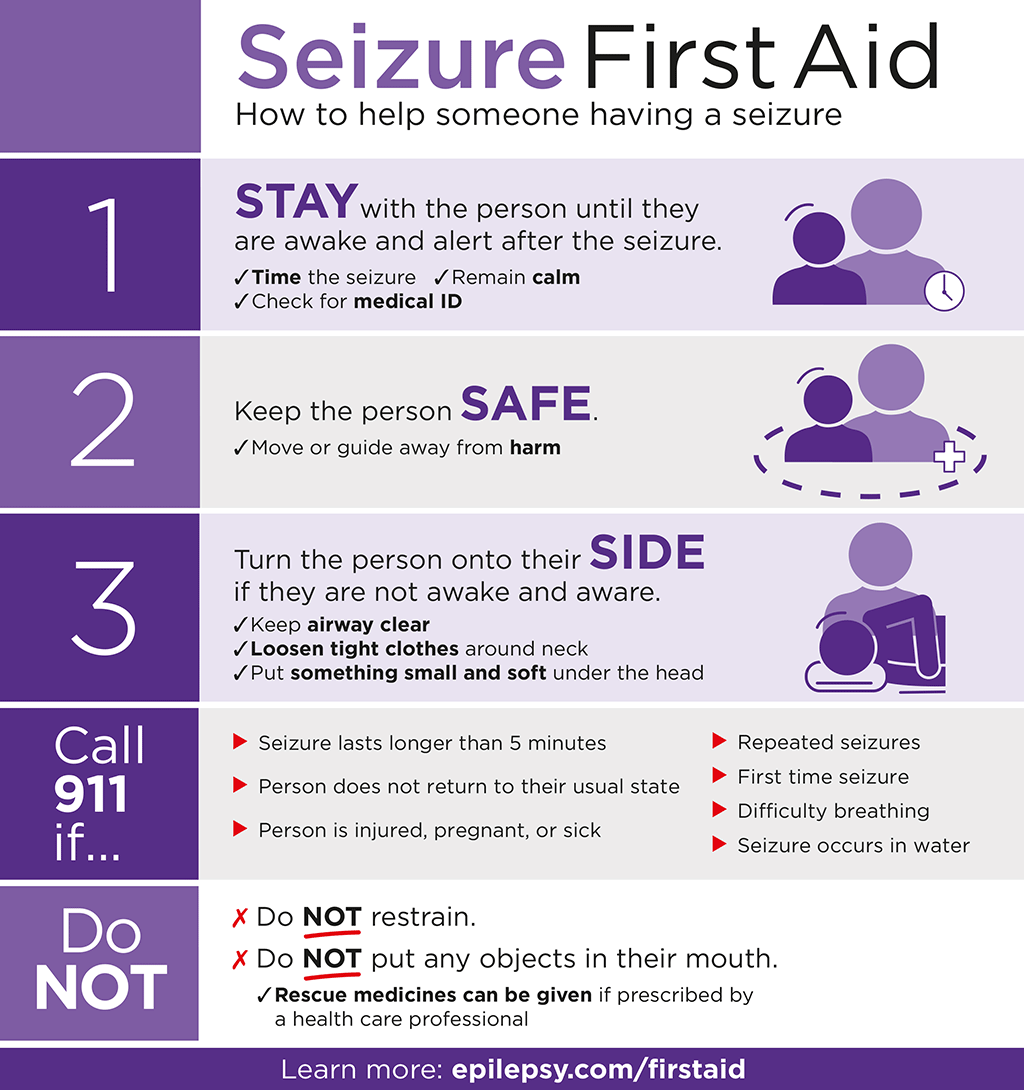


Joseph R. Anticaglia MD
Medical Advisory Board
When I was an undergraduate, the University organized an October field trip to Vermont for a long weekend. On the second day of the trip, a bunch of us were having lunch on wooden tables and benches. I was seated next to and chatting with Mike, whom I met for the first time the previous day. When I asked him a question and he didn’t answer, I turned, and saw a stiff body staring ahead. I caught him as he keeled over towards me.
He started to shake a little, and so did I. It only lasted a minute or so as I held him upright on the bench. He gradually loosened up and regained consciousness.
“How you doing?”
“I’m OK,” he said.
But the look of sadness, disappointment, embarrassment on his face as he gulped to swallow saliva with his chin on his chest and his eyes moist made an indelible imprint on my psyche. Shortly, people gathered around and escorted him to a safe place. When I asked about Mike, they told me he decided to go home.
Epilepsy is a general term for conditions with recurring seizures. It is a central nervous system (CNS) disorder due to the abnormal, electrical activity of the brain. The World Health Organization (WHO) labels a person with epilepsy when an individual has two or more unprovoked seizures.
Seizures affect about one percent of Americans. They can be categorized as general seizures affecting both sides of the brain or focal seizures affecting a specific part of the brain. Seizures can occur with, or without the loss of consciousness.
A person having a generalized, tonic — clonic seizures (grand-mal seizure) goes stiff and loses consciousness. He drops to the floor, muscles contract violently, he starts to jerk uncontrollably, may cry out and breathe irregularly.
Looking back on that weekend, I realized I didn’t know what to do when a person has a seizure. It was fortunate that his type of seizure only lasted a minute or two and I did what anyone would do — Stop him from falling and hurting himself. What follows are first aid things to do and to avoid when a person is having a seizure.
Most seizures (“fits”) last a few minutes, and are not emergencies. In general, stay calm, speak calmly and keep the people around you calm. Look for a medical bracelet or other such information. Loosen tight clothing around the neck. Stay with the person, time the seizure, keep him safe, don’t put anything in his mouth and once the person wakes up, explain what happened.
Most people think of seizures as a generalized tonic — clonic seizure. Here are things you can do, as recommended by the CDC, to help someone who is having a grand mal seizure.

Call 911 for emergency help when the seizure lasts for more than five minutes, if someone has trouble breathing or after the seizure the person does not return to his usual self. Furthermore, call for help if a person is pregnant, injured or if the seizure occurs in water.
If a seizure occurs, it is most often caused by epilepsy. But other causes of seizures include head injuries, low blood glucose levels, brain tumors, alcohol poisoning and side effects of certain drugs.
If you’re in a situation where a person is having a seizure, stay calm, keep the person safe, start timing the seizure and check for possible medical reasons for the seizure (medical bracelet). When in doubt, do not hesitate to call 911.
This article is intended solely as a learning experience. Please consult your physician for diagnostic and treatment options.